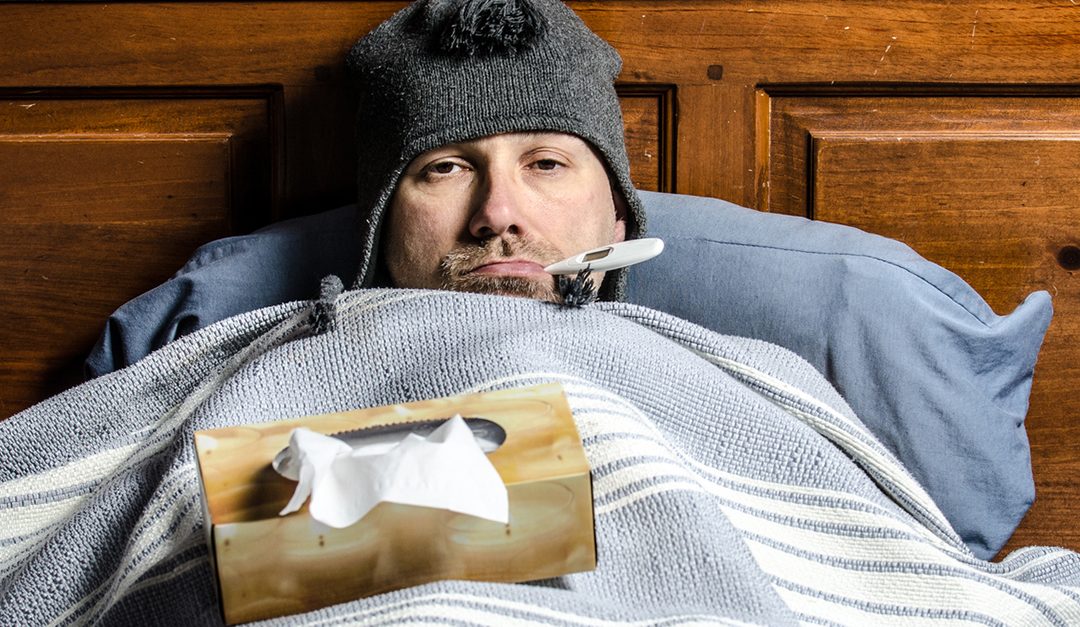(TNS)—As influenza season trudges on, public health officials report fewer cases than last year’s severe and deadly season.
A Centers for Disease Control and Prevention report released recently shows a more effective vaccine compared with the previous two seasons and called this season a low-severity year so far for influenza—classified as having a fever, cough and body aches—but local doctors and public health officials also point out that flu season is far from over, with the illness typically lasting into April. They say those who haven’t received the flu shot this season could still benefit from one.
Here are five things to know about this year’s flu:
More Typical Season
While this season seems mild compared with last year’s harsh one that sickened 49 million and killed nearly 80,000 people across the country, doctors say this year’s flu actually is typical of years prior to the 2017-18 season.
The CDC estimated this year’s flu season so far has sickened between 13.2 million and 15.2 million nationwide. This includes an estimated 9,600 to 15,900 deaths, according to public health estimates.
Slow Start
Doctors say the season was slow to start and they’ve noticed an uptick of patients this month. Dr. David Dungan, a Lombard internist and pediatrician with DuPage Medical Group, says while he’s had fewer patients than last year, he’s also noticed an uptick in recent weeks.
“I don’t think we should rest yet,” he says. “This is typical; this is why they give us a wide window of influenza season.”
While Dr. Erin McCann, a Chicago pediatrician at Amita Health, says she’s also seen “a lot more flu in the last couple weeks,” she’s noticed those who have had a flu shot have shorter, milder cases.
Vaccine Success
According to the CDC report, the 2018-19 flu season vaccine is 47 percent effective overall and 61 percent effective for children ages 6 months through 17 years. That compares with 40 percent vaccine effectiveness across all age groups for the previous two seasons.
“They must’ve gotten it right,” Dr. Faith Myers, pediatrics chair at Advocate Good Samaritan Hospital in Downers Grove, Ill., says of this year’s flu shot.
Myers says her Lemont pediatrics practice is “as slow as it’s ever been” during a flu season, and the only patients she’s seen with influenza didn’t get the flu shot. Last year, she saw even immunized patients get sick, she says.
CDC spokeswoman Kristen Nordlund says the main strain of influenza circulating this year is H1N1, a strain “the vaccine tends to perform a little bit better against.” Last year, another strain, H3N2, was more predominant, she says. That could have contributed to the severity of the season because while the vaccine protects against H3N2, it’s not as effective at doing so.
While preliminary study data can show vaccine effectiveness, Nordlund says that percent could change—and even increase—when the CDC studies vaccine effectiveness again at the end of the season. There were some limitations to studying this year’s vaccine midseason, she says, because there are fewer people getting sick this year to test, especially given the slow start to the season.
‘It’s Not Too Late’
Dungan, along with the CDC and other public health officials, encourage anyone who hasn’t gotten a flu shot to make sure to get one, even though it takes two weeks to become effective.
Dungan also points out that during another H1N1-predominant season, people were still getting sick in May. It was unusual, he says, but it’s possible.
The milder season “should give people confidence the vaccine will be helpful to them,” Dungan says. “It’s not too late.”
Nordland adds that the milder season should give people confidence that the vaccine is working, pointing out that the vaccine aims not only to prevent flu but to lessen the duration and the severity. She also says last year’s harsh season could’ve caused the bump, nationally, in the number of people getting a flu shot this year.
“Everyone remembered how bad it was,” she says.
Multiple Peaks
While local influenza cases had a spike in late December and trended upward again at the start of this month, according to local public health data, it’s not unusual to have a few peaks in a season, says Dr. Marielle Fricchione, medical director of the immunization program with the Chicago Department of Public Health.
“We’re still hearing from doctors and hospitals about high volume,” she says.
Influenza B has barely made an appearance locally or across the country. It’s typical for that strain to show up closer to spring, delivering another peak, Fricchione says. The second wave is another reason doctors recommend flu shots even late into the season.
“It’s worth it,” she says.
©2019 Chicago Tribune
Visit the Chicago Tribune at www.chicagotribune.com
Distributed by Tribune Content Agency, LLC





